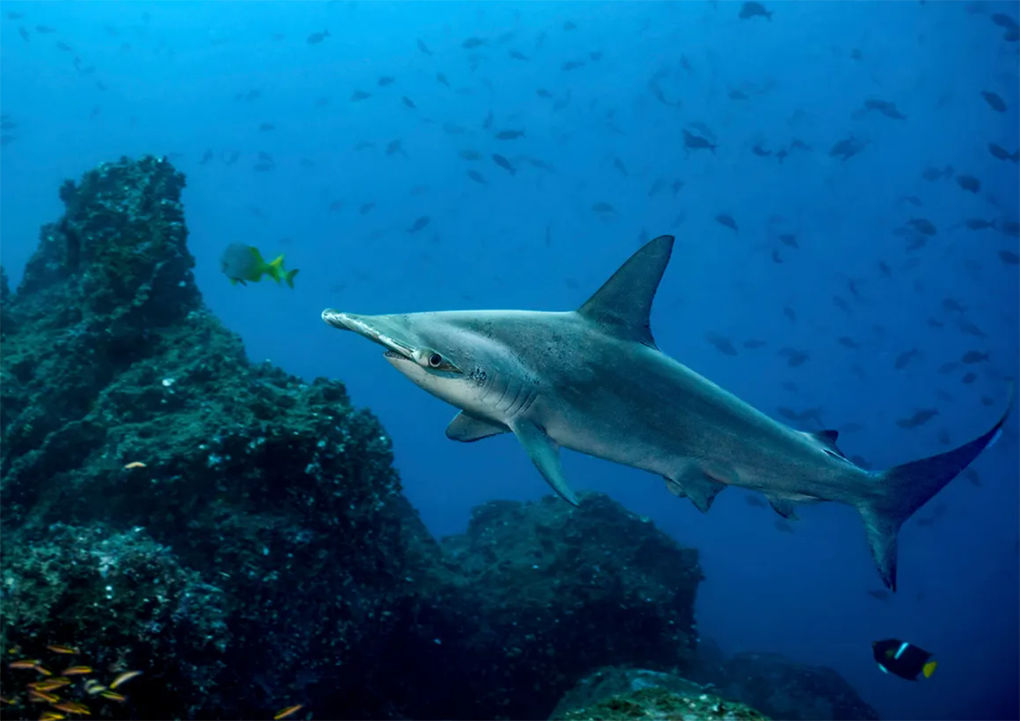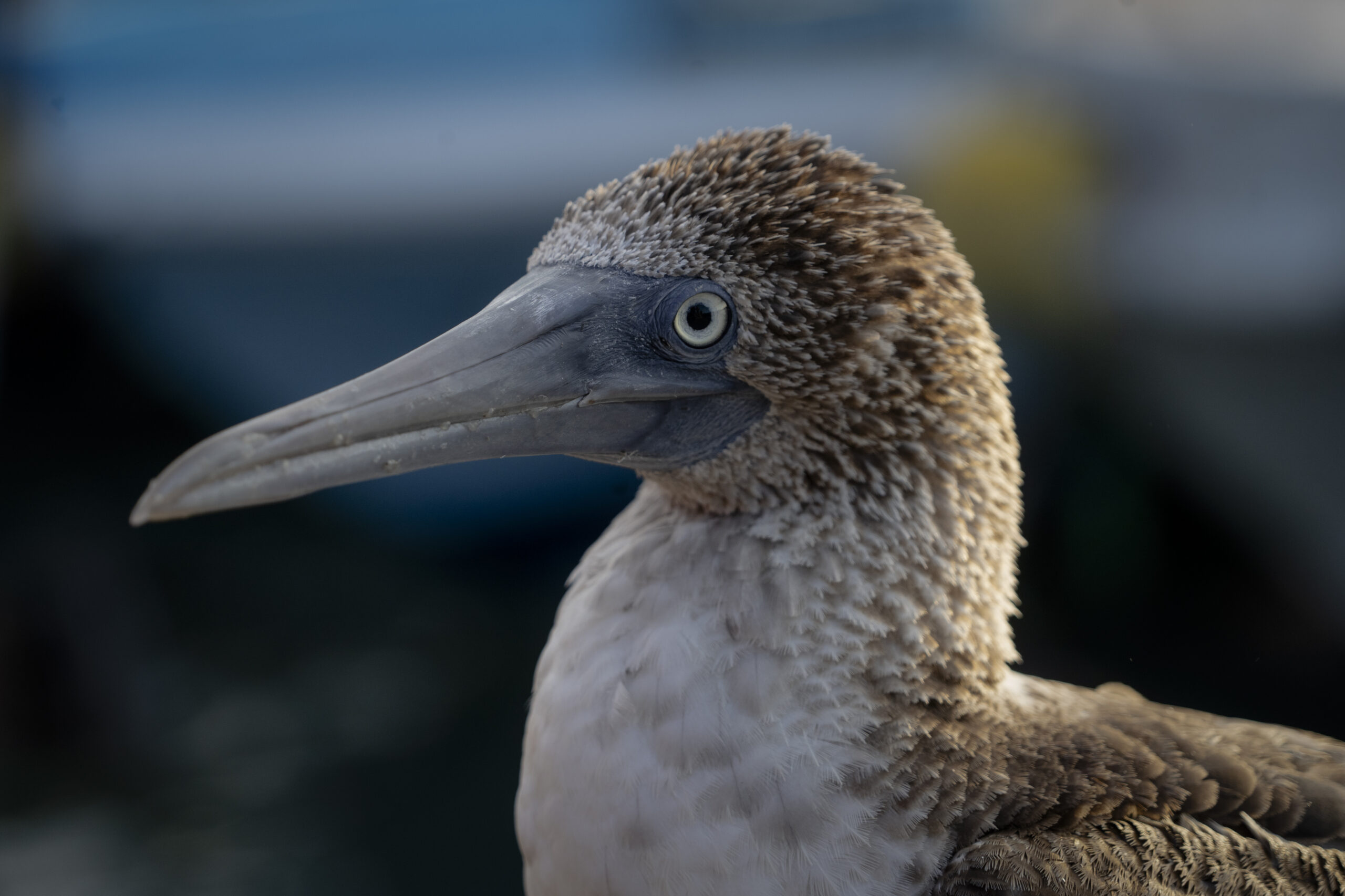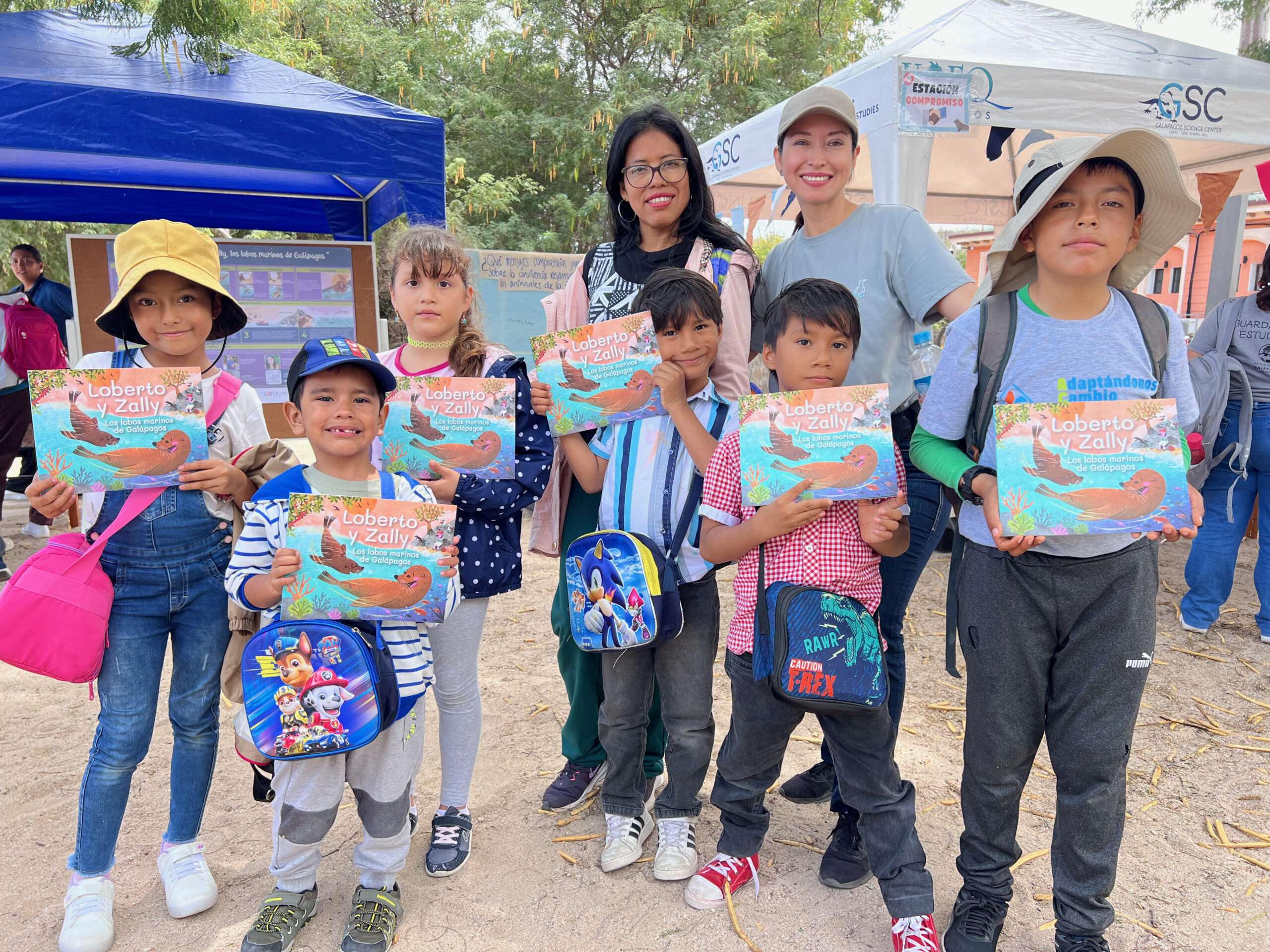Durante las últimas cuatro décadas ha habido una creciente preocupación por el estado de conservación de los elasmobranquios (tiburones y rayas). En 2002, las primeras especies de elasmobranquios se agregaron al Apéndice II de la Convención sobre el Comercio Internacional de Especies Amenazadas de Fauna y Flora Silvestres (CITES). Hasta la fecha y en menos de 20 años, se han agregado 39 especies al Apéndice II y 5 al Apéndice I. A pesar de la creciente preocupación, la conservación y gestión efectivas continúan siendo cuestionadas por la falta de datos sobre el estado de la población de muchas especies. Lea el siguiente artículo y descubra la investigación llevada a cabo por varios autores, incluida Diana Pazmiño, profesora en la USFQ Galápagos e investigadora en el #GSC, que agrega una variedad de perspectivas sobre la investigación emergente y las prioridades para la conservación de los elasmobranquios.
Obtenga más información sobre el estudio en el enlace.






